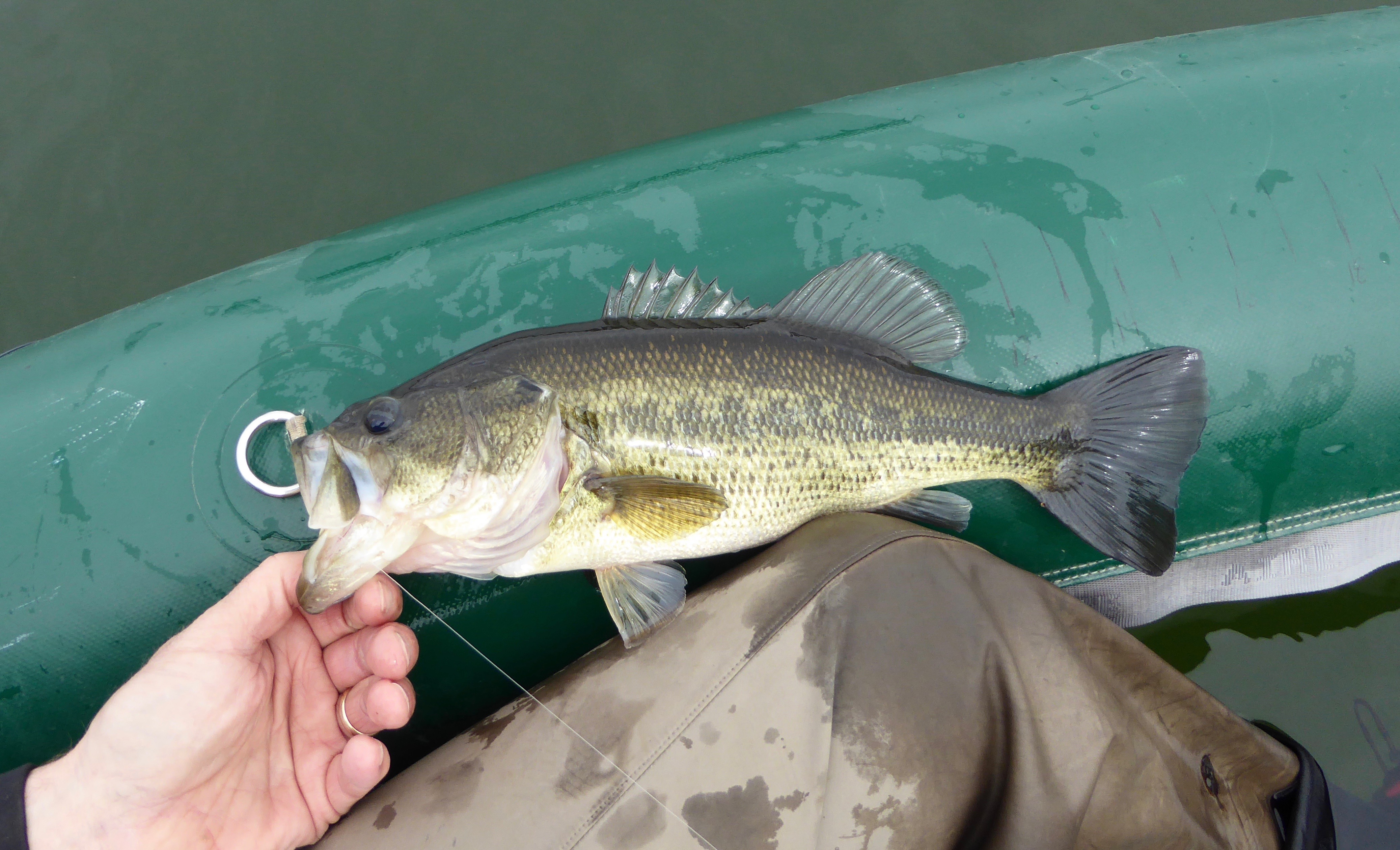
Warm, sunny days probably have you itching to go fishing, but that beautiful weather means melting snow that blows out rivers, and puts a chill on some lakes and reservoirs. The answer to your fishing dilemma may be in your neighborhood, at a local park, or a within a short drive (or bicycle ride) away.
Ponds are the underdogs of Idaho’s fishing waters, but acre-for-acre, they can provide as much fishing opportunity as Idaho’s famed destinations.
“Ponds get a lot of use, and we really like to put fish in them,” Fisheries biological aide Jamie Carpenter said. “I love ponds because everybody can fish them, young and old, and they make fun, quick fishing trips.”
Ponds are in prime condition during spring. Their waters typically warm fast, which makes fish active and conditions perfect for stocking trout, which Fish and Game crews are doing. Thousands of catchable rainbow trout are added weekly to a variety of ponds throughout the state.
Carpenter recently stocked trout in ponds near Caldwell, and she explained that although they are productive and convenient places to catch trout, the prime trout-fishing period can be surprisingly short.
“We have a fairly narrow window between when they’re covered with ice during winter and get too warm in summer to stock trout,” she said.
Some ponds are too warm for trout as early as June, but most last into July, or even August. However, many ponds also have bass, catfish and panfish, which are more tolerant of warm water than trout.
“When it warms too much for trout, there are still other things you can fish for,” she said.
Fish and Game has many online resources for anglers. The Fishing Planner provides an overview of all the state’s fishing waters in each region, including ponds. Many ponds are classified as Family Fishing Waters, which means they have the same fishing rules and bag limits. Before you go, you can also see the latest stocking schedules so you know when it most recently got a fresh batch of trout and when the next round is planned.
If you’re new to fishing, ponds are an excellent place to get started. Check out our Learn to Fish page and learn about fishing basics. Also check the schedule of our “Take me Fishing” trailer events.
Fish and Game crews haul a “Take me Fishing” trailer to local ponds throughout spring and summer, typically on evenings during the week and mornings on weekends. These trailers are loaded with fishing rods, tackle and bait that can be borrowed for free. Fish and Game staff and volunteers will show novice anglers - young and old - how to catch fish.
The Fishing Planner will also tell you what fish you’re likely to find in a pond, and if you’re taking kids fishing, ponds with bluegill can provide a lot of angling action for kids with short attention spans. Many ponds located in parks and are adjacent to playgrounds and other activities for kids, so they can fish for a while then go play in the park.
While ponds are great places for youth and novice anglers, experienced anglers should not overlook them. Despite lots of fishing pressure, ponds can produce some surprisingly large fish, particularly bass and catfish.
To survive long enough to grow, those fish survived several seasons and figured out how to avoid the temptations of most anglers’ bait and lures. This makes them a challenging quarry for any angler.

Don’t expect to walk a well-worn path to the shoreline at your local pond and land a lunker. Spend some time scouting out-the-way spots and learn where big ones avoid other anglers. Don’t hesitate to use a small fishing craft like a float tube, canoe or kayak, but be courteous of bank anglers and avoid fishing in areas where they can cast.
Bass spawn during spring, and those big ones can be found in shallow water near shorelines. It’s probably the best time of year to catch them, and although in most places they’re legal to harvest, they’re also prime candidates for catch-and-release because they’re producing the next generation of fish.
See how trout get stocked in Idaho waters:
